If you’re trying to lose weight fast, it can be easy to get caught up with fad diet or other 'quick fixes' that promise a flat stomach in days. That's especially true if you are stuck at home on lockdown, and scoffing barbecue in your newly acquired hot tub. Sure, you can now exercise outdoors as much as you like, but you’re still likely to be moving less and eating more, especially if you are usually a gym goer, and haven’t been able to acquire home gym equipment to tide you over.
Don't worry; there are ways to lose weight – and lose belly fat – that are tried and trusted. It might not be the easy and quick weight loss of your dreams, but it's very doable. We have nothing against the keto diet, for instance, but a lot of people will find it is difficult to fit into their lifestyle. We've tried to keep these diet, workout and weight-loss tips as simple as possible so you can get fit and in shape, in 2020.
• A guide specifically for lockdown: How to lose weight at home
• A great way to lose weight is to stop boozing
So, if you're serious about losing weight, you've come to the right place. We won't promise you'll get a six pack in as many hours, but we can guarantee expert advice and key tips for losing weight quickly, but in a healthy and sustainable way. We’ve also got the lowdown on the best exercise for losing weight fast, and all the gear you’ll need to get started.
Is there a "best" way to lose weight fast?
The best way for you to lose weight fast will depend on your starting point, your end goal, and your lifestyle. In this article we lay out ten strategies that are applicable to everyone, whether you're a fitness novice looking to shed several stone, or you simply require motivation to keep going.
Generally speaking the best way to lose weight quickly, and maintain that weight loss, is to follow a steady, manageable plan. Don’t try to take on more than you can reasonably fit into one day, unless you’re willing to make the sacrifice. Most likely sleep or your social life.
The NHS recommends that you aim to lose no more than 2 lbs (1kg) per week; anymore than that and you risk burning out and giving up. With that in mind, here are ten strategies to get you losing weight quickly.
• Best abs workouts for (mainly) women
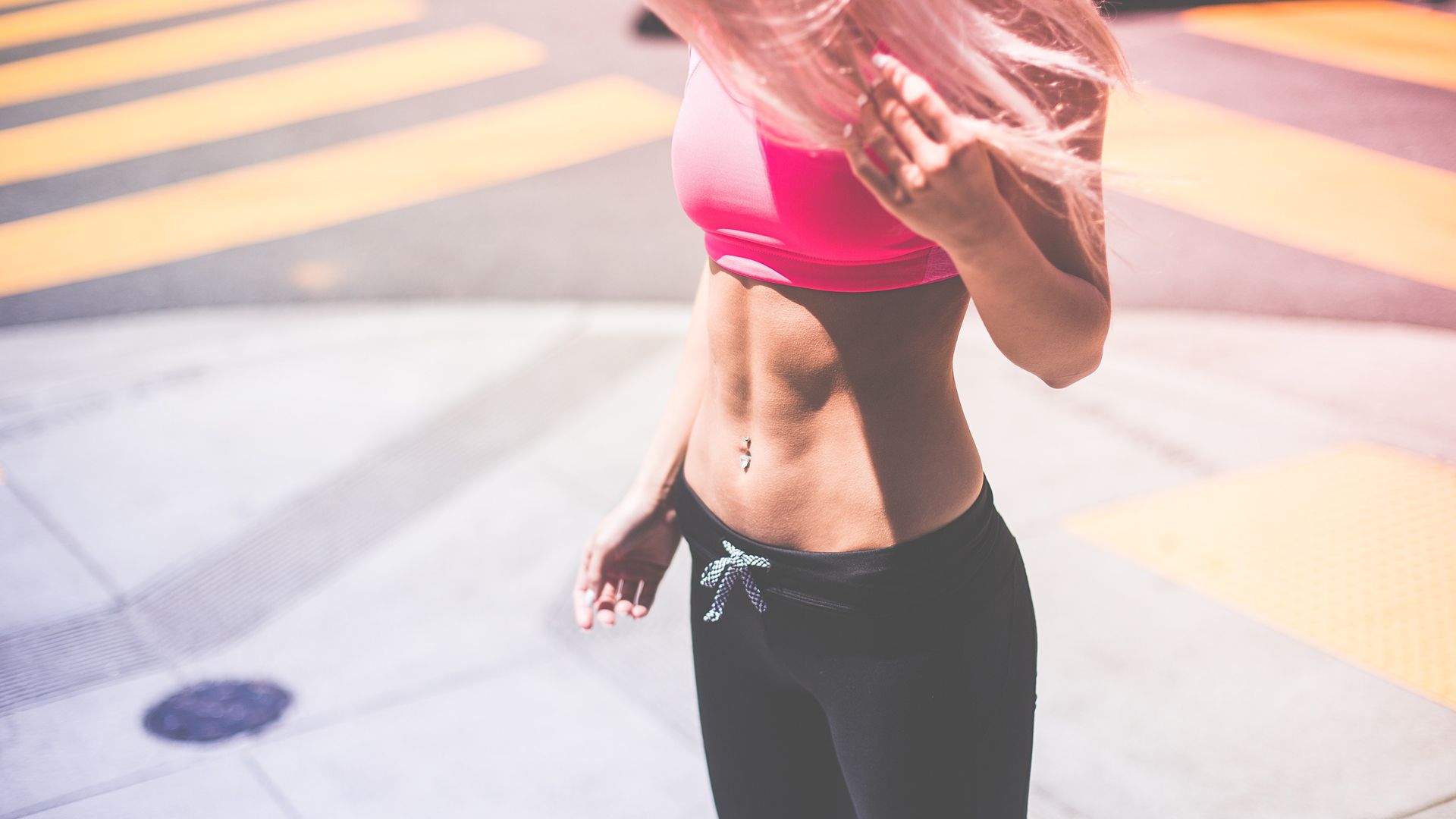
(Image credit: Pixabay)
1. Achieve a consistent calorie deficit
The short answer to the question of how to lose weight fast is to achieve a consistent calorie deficit. That is, burn more calories than you consume.
If you eat 2,500 calories a day – the recommended daily amount for a man, although of course this can vary wildly depending on your height, weight and frame – and burn 3,000, you are in a calorie deficit.
If, however, you burn 3,000 but have consumed 3,500, you’re not in a calorie deficit, even though you've almost certainly been working out a lot have burned that much energy.
What you need to do is ensure you’re eating the right food and doing the right exercise so that you’re sufficiently full and satisfied even when consuming fewer calories than you burn. Here's how...
Our diet guides
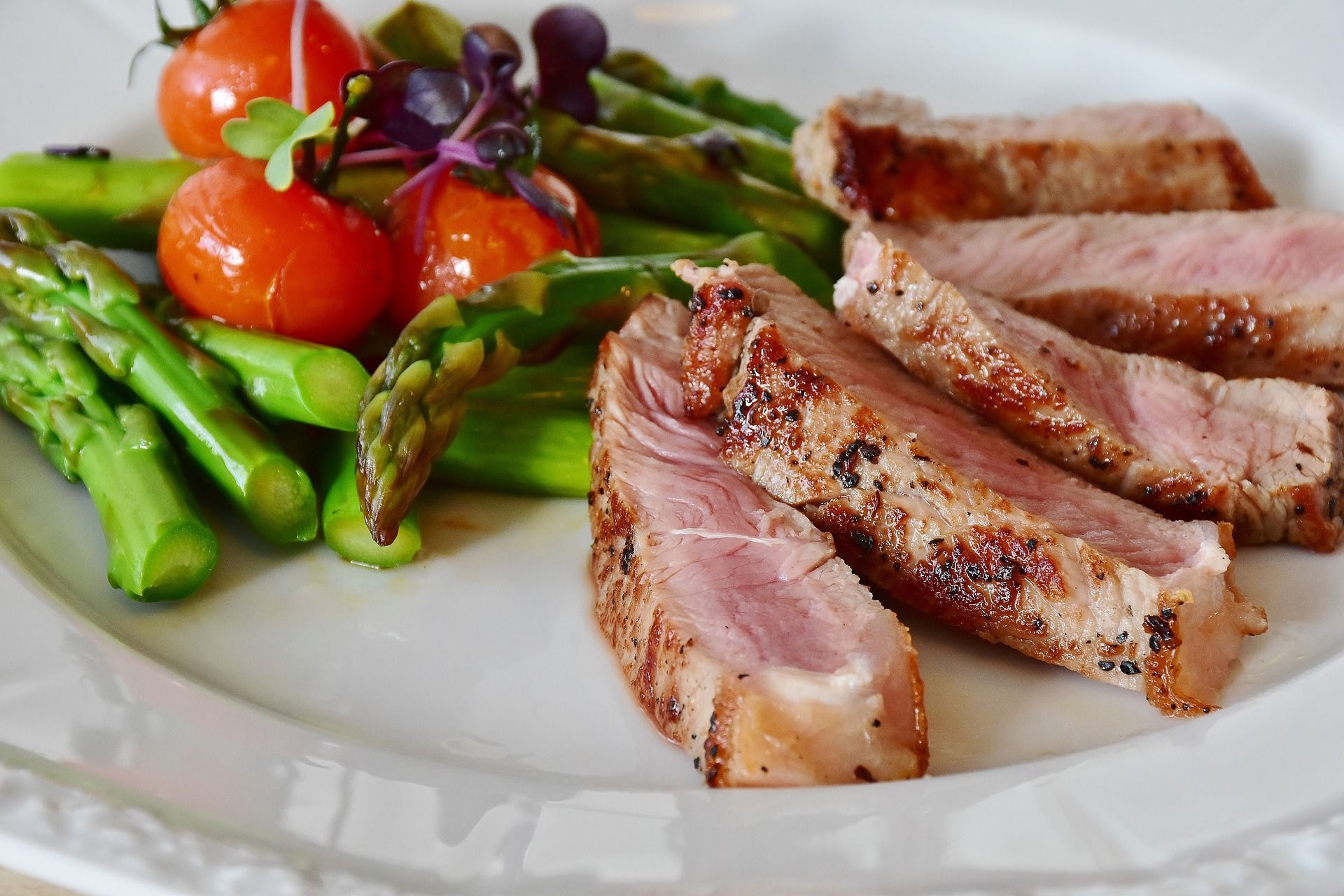
(Image credit: RitaE from Pixabay)
2. Decrease calorie input through diet changes
As we alluded to above, a common pitfall that many people experience when trying to lose weight is that as they start exercising more, they feel like they need to eat more to keep their energy levels up and consequently fail to see results. Instead, we recommend adapting your diet to get the most out of your calories.
All foods have different energy densities. Foods like fruits, vegetables and whole grains have low energy density, which means you will get fuller faster when eating these than you would high energy density foods.
Nutritionist Jenna Hope explains: “Proteins and healthy fats promote more stable blood glucose levels, keeping you fuller across a time period and less likely to crave sugar or over eat,” and so these are the kinds of foods you should get the majority of your calories from.
Consuming the same amount of calories as you are now (or fewer if possible), but getting more nutritional value from them will help you feel fuller for longer and lose weight more quickly as a result.
- How to get fit: 5 easy strategies that mean even lazy people can be fitter and healthier
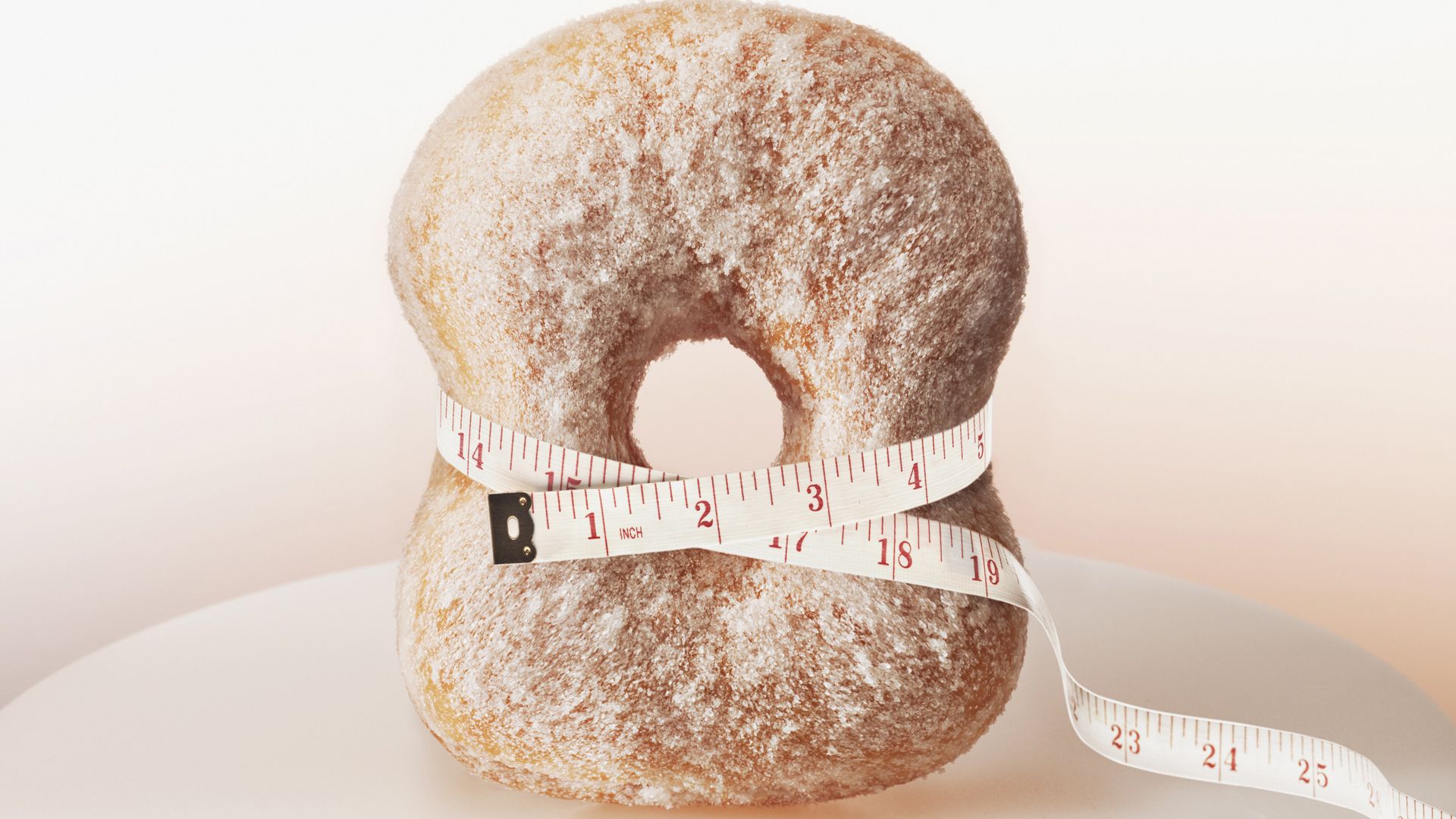
Cutting down on sugar will help reduce your waistline
3. Don't cut out all of any single food group
We all know that some foods – and some food groups – are healthier than others, and that we need every type of food in our diet. The problem is that many of us aren’t getting the right balance.
Spoon Guru nutritionist Isabel Butler (MSc, ANutr) recommends that “the best way to reduce weight and maintain the weight loss is by simply eating a balanced and healthy diet, without refusing yourself particular foods… If you do cut out foods, you need to make sure your diet is still balanced and you are getting the nutrients your body needs from other sources.”
For example, unless you're training to become a weightlifter, there's nothing wrong with carbs per se – despite what keto diet fans might tell you – but the biggest food culprit when it comes to hindering weight loss is the simple carbohydrate.
• Could complete meal replacement product Huel help you diet effectively?
Compared to complex carbs like beans, whole grains and vegetables, which break down and release energy slowly, thereby keeping you full and energised, simple carbs such as sugar and starchy foods which break down into sugars – such as pasta and spuds – give you a shorter boost of energy, then leave you wanting more.
The likelihood is that the more simple carbs you eat, the more you’ll end up eating overall, harming the balance of your calorie deficit.
One easy trick if you're a carb fan is to swap out white pasta or rice for courgetti, or noodles made from other vegetables like butternut squash. This can make an arrabiata, curry or stir fry much lower in calories. You’ll hardly notice the difference when you’re eating it, but you’ll be fuller for longer despite consuming fewer calories.
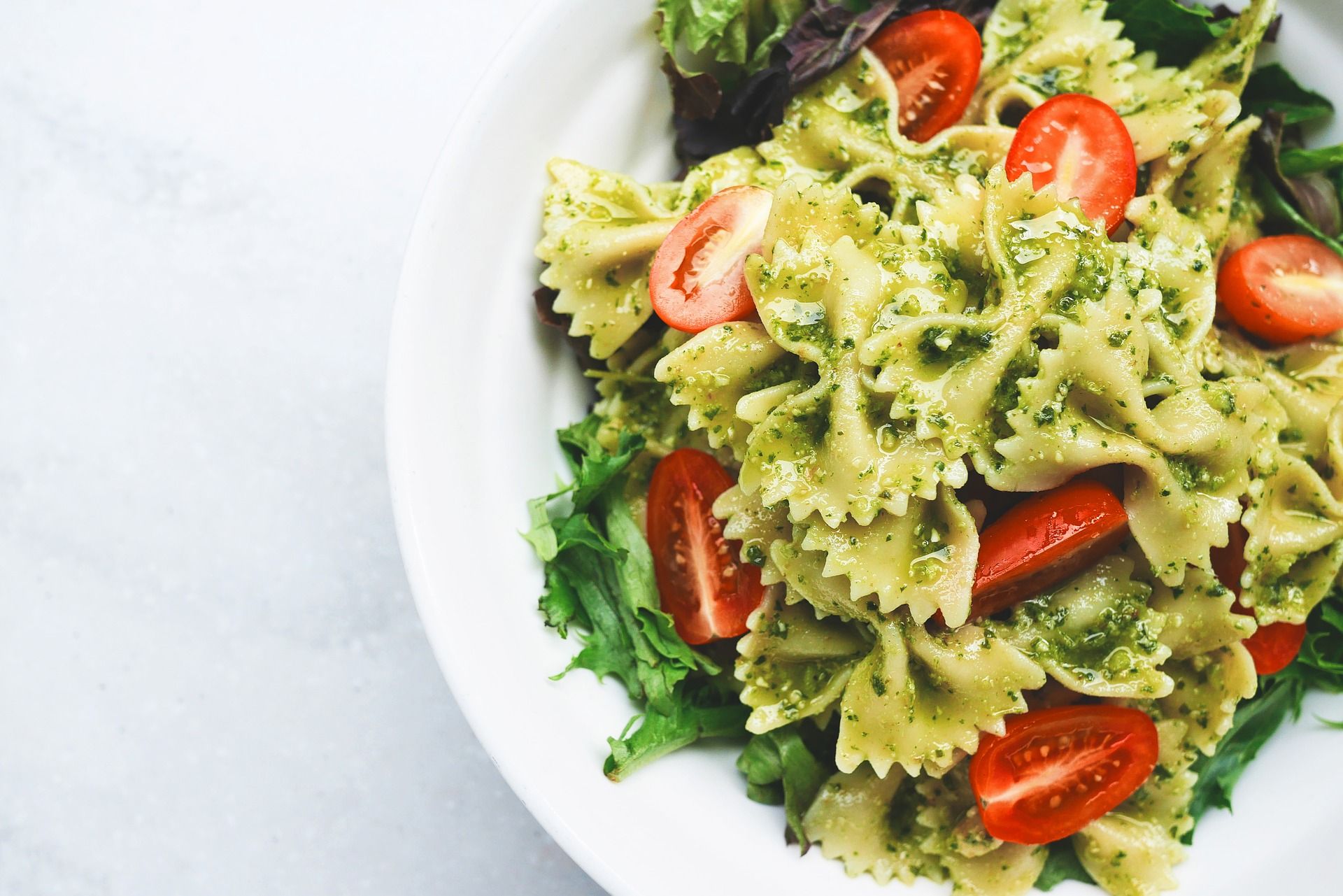
Spiralizing vegetables is a great alternative to pasta
(Image credit: Pexels from Pixabay)
4. Try a food substitute
Sometimes it’s a real struggle to reduce the calories you take in, or even just to track them. If you’re constantly on the move and don’t have the time to count calories, or you have the best intentions and are cooking fresh with ingredients that aren’t all labelled with their nutrition info broken down, then accurately tracking calories can be a nightmare.
To ensure you’re getting a good mix of nutrients, as well as all-important protein, you could try a food substitute such as Huel.
This is not marketed as a dietary aid, but it is highly nutritious, and makes calorie counting a lot easier. A word of caution though: Huel may replace meals from a nutritional standpoint, but slurping a cool, slightly slimy milkshake instead of getting your teeth into a warm, healthy paella isn’t for everyone.
5. Try intermittent fasting
Some people thrive on intermittent fasting, which means significantly cutting calories – or completely fasting – for a portion of the day or week, and then eating normally for the rest.
The most popular form of intermittent fasting is the 5:2 diet, where you eat normally for five days a week but then eating no more than 600 calories two days a week.
There’s also the 16:8 diet, which is a bit different. With this diet you can eat anything for 8 hours a day, but can only drink water during a 16 hour fast. The recommended time to eat is between 10am and 6pm, although this can be flexible depending on what time you’d prefer to start or end eating (as long as you stay within an eight hour window).
The benefits of intermittent fasting is that during the fast period the body will run out of carbohydrates to run on, and so start to take energy from the body’s fat stores, thus starting to burn that belly fat once and for all.
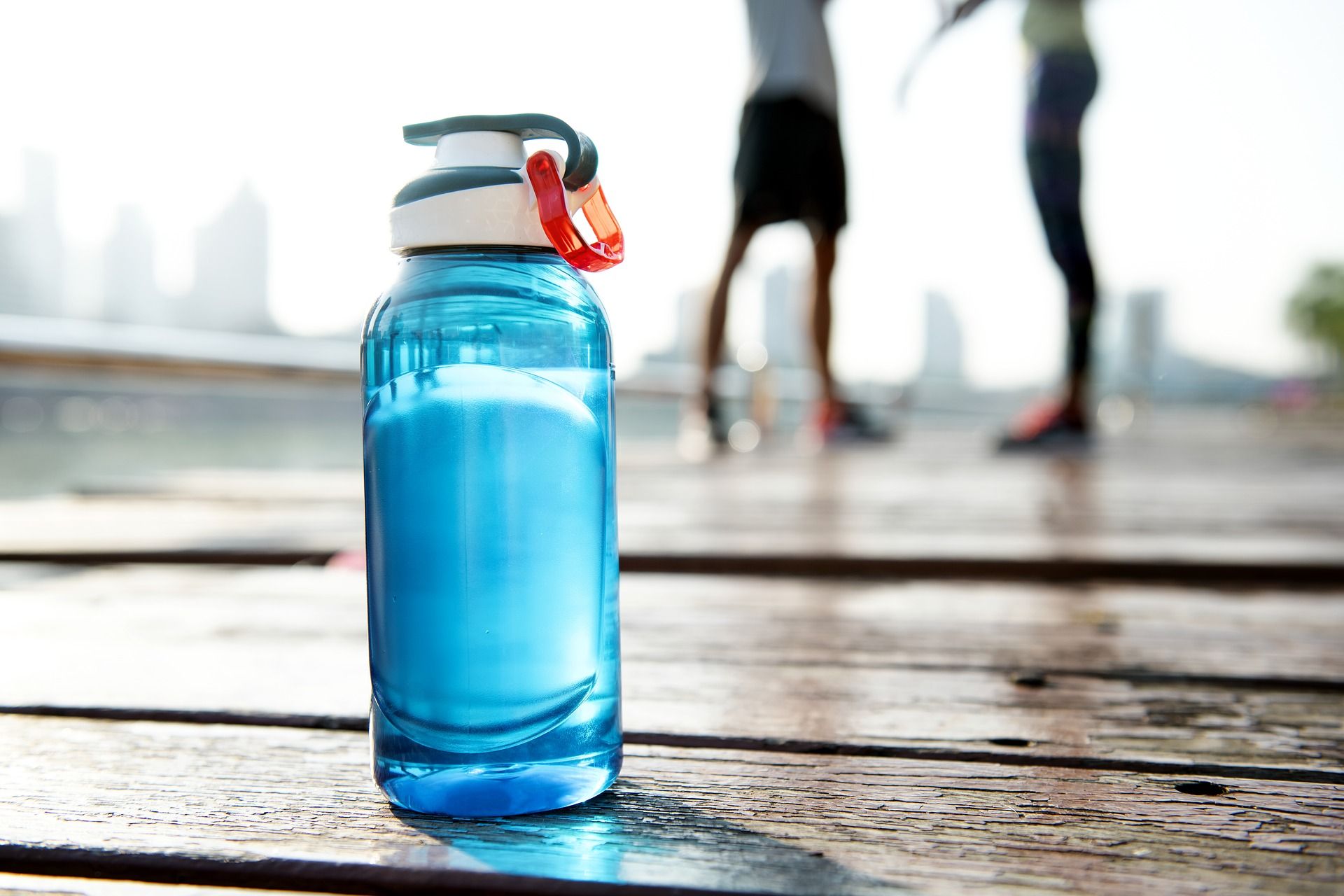
Drinking water will also rehydrate during exercise
(Image credit: rawpixel from Pixabay)
6. Drink more water and less alcohol
Drinking more water – especially before a meal – can help us to feel fuller, thereby helping us to stop eating sooner and consume fewer calories than we otherwise would have.
What's more, few of us consider what we drink when we total up our daily calorie count and so potentially hundreds of extra calories can sneak into our bodies. Replacing fruit juices, fizzy drinks and even tea and coffee with water means we can save up our calorie allowance for the good stuff: the food that fills us up.
Top tip: keep a reusable water bottle with you at all times and restrict what else you drink. This can feel like a hard habit to break at first, but is surprisingly easy to maintain once you have a zero calorie drink to hand 24/7.
Read more: These are the best reusable water bottles
Reducing the amount of alcohol we drink also comes with benefits. Most obviously, alcoholic drinks are often very calorific, so drinking less alcohol means consuming fewer calories. Simple.
Secondly, drinking alcohol increases our appetite, so we’re more likely to eat more than usual – and more of the bad stuff – when we’ve been drinking. Cheesy chips, I’m looking at you.
Lastly, we all know how we feel after a night of heavy drinking. Ready for a session and the gym and a day eating fruit, veg and simple carbohydrates? We didn’t think so. Drinking alcohol not only means we take in more calories at the time, but can affect our ability to function well and make healthy choices the next day.
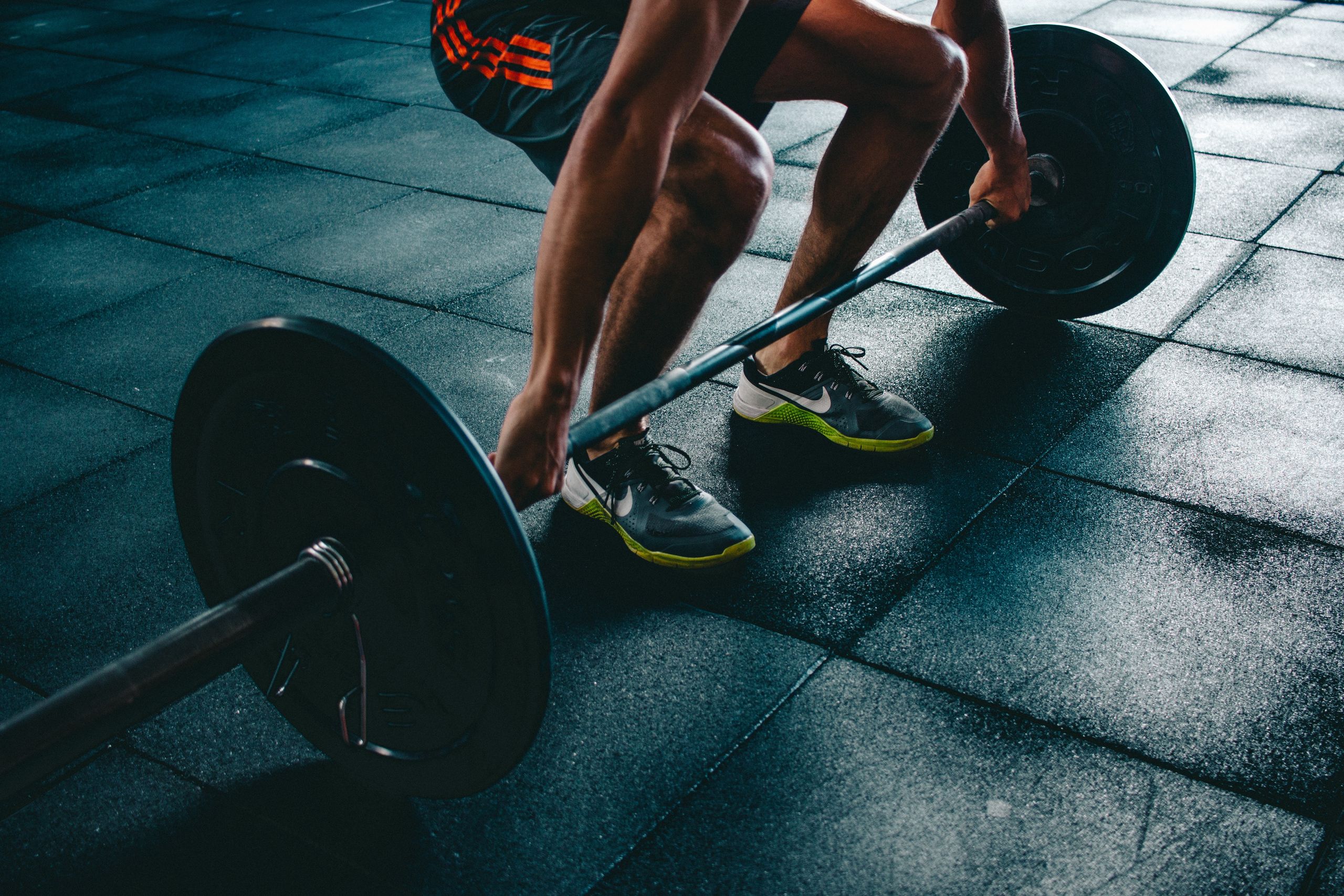
(Image credit: Victor Freitas from Pexels )
7. Increase calorie output through exercise
Now we’ve tackled diet and nutrition (calories in), it’s time to look at exercise (calories out).
Even if you're eating healthily and are reasonably active in your daily life, it’s unlikely you’ll be able to lose weight quickly without additional exercise, whether that's running, gym, crossfit, team sports, cycling or any of the other myriad activities available.
What's more, working out will make you look and feel better and in our view, once you start looking and feeling better, it gets a lot easier to find the will power needed to improve your diet.
When it comes to choosing what type of exercise you do, the most important thing is that it's something you enjoy and will stick to. Don't force yourself to run if chances are you'll be walking ten minutes in.
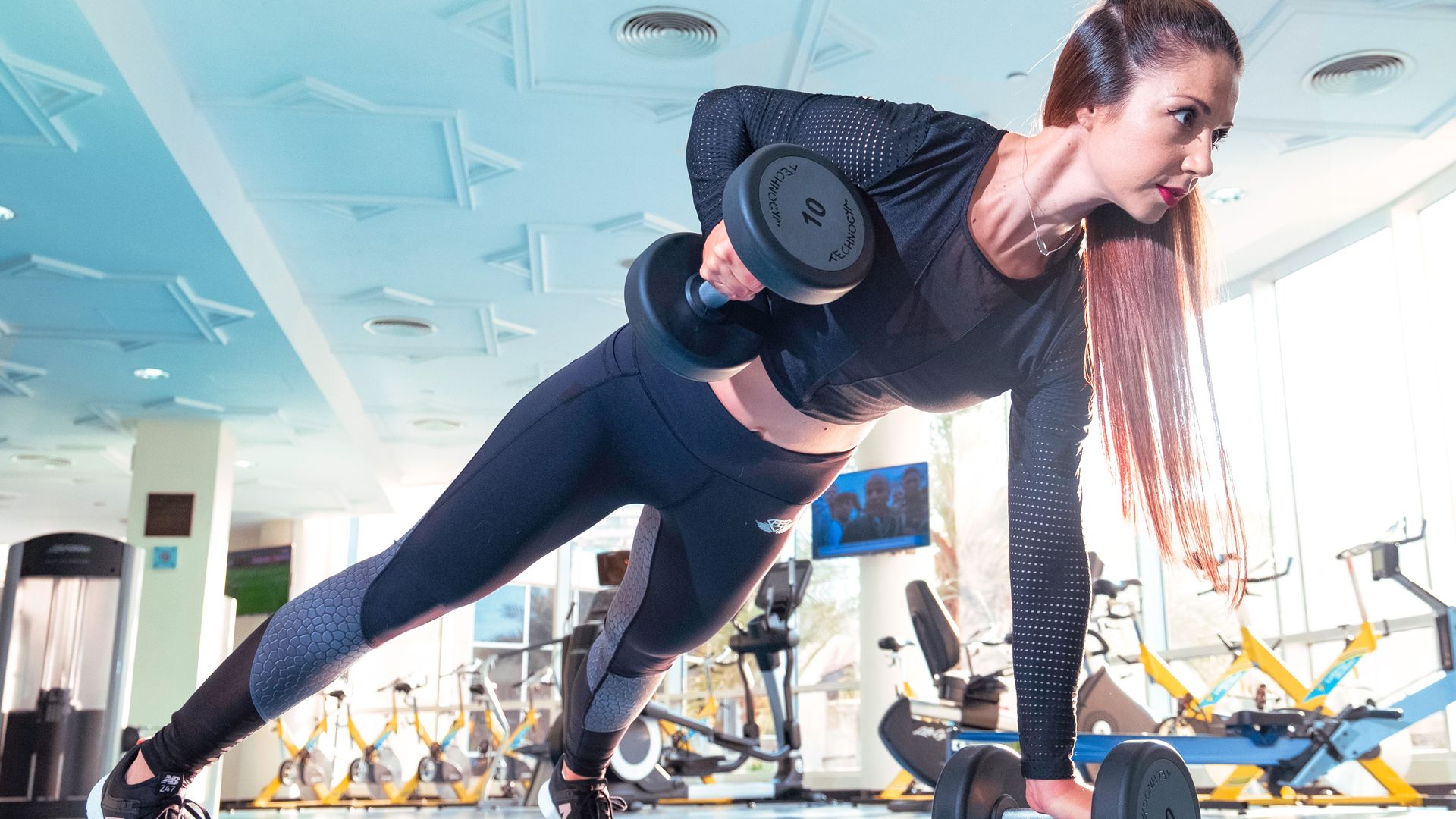
(Image credit: Pexels)
8. Focus on weight training in addition to cardio
There are two main types of exercise: cardio training and weight – or resistance –training.
Both burn calories, the difference is that whilst cardio burns a lot of calories upfront, weight training continues to to burn calories post workout.
This is because weight training builds muscle, and muscle burns more than fat as you carry out day-to-day tasks. In short, the greater your muscle:fat ratio, the more calories you burn even when you are standing still.
Weight training may seem daunting, but you don’t have to join a gym and face up to the squat rack right away. There are so many weight exercises you can do at home with simple bits of equipment from dumbbells to kettlebells, and balls to ropes.
We’re not going to cover all the exercises you can do with weights here, so why not pick the body part you want to start burning fat from and toning up, and check out one of our guides below:
All of this aside, don’t neglect cardio, as cardio workouts are important for fitness and stamina, and will still burn calories.
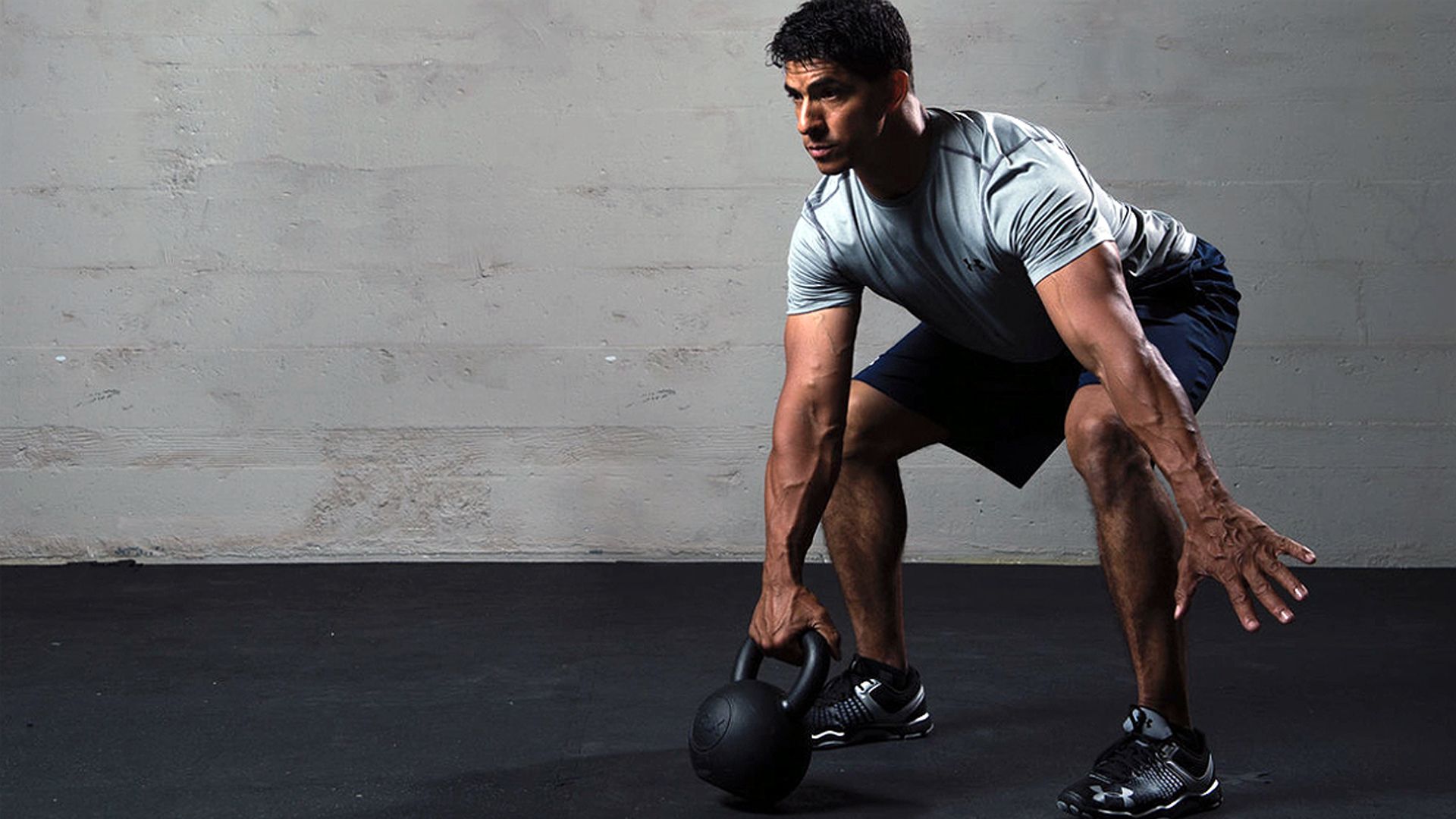
Kettlebells are a very powerful weightloss tool
9. Vary the intensity of your workouts
As well doing both cardio and weight training, if you want to lose weight it’s also important to vary the intensity with which you exercise.
In any given week, and within any given workout, you should exercise both aerobically (a little out of breath but not gasping) and anaerobically (going flat out, like when running for a bus).
Aerobic exercise needs oxygen to give muscles energy and generally requires moderate exertion. Examples include gentler running, cycling and swimming.
It’s a crucial part of losing weight quickly because it uses both sugar and fat as its energy source, but to burn fat you need to do it for long enough that you’ve burned through your sugar stores first.
Anaerobic exercise, on the other hand, primarily uses sugar as its fuel. This doesn’t mean that it’s not good for weight loss, though. Anaerobic exercise helps build muscle, and as we explained above, this will help you burn calories even when you’re resting. Anaerobic exercises are generally high intensity, for example sprinting and weight lifting.
A running watch or fitness tracker will help you to know what intensity exercise you're doing. As they either have built-in heart-rate trackers or pair with ones you strap to your chest, they can show you how hard you're working out and let you know when you need to push it harder.
• Find out more about heart rate zone training
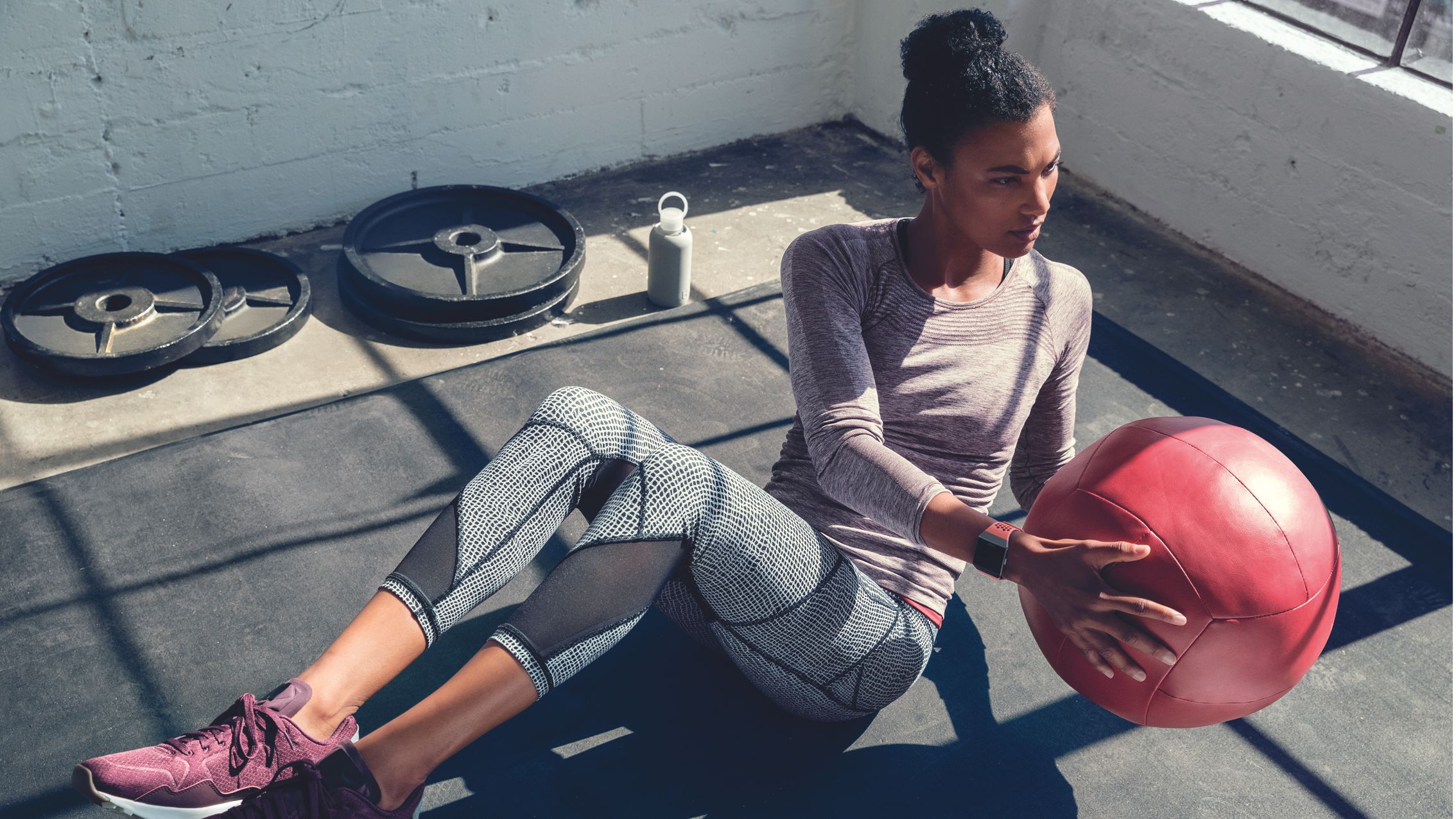
Keep track of your weight loss and fitness goals with a running watch
10. Track your input vs. output (that all important calorie deficit)
It’s important to decide how you want to measure your success and keep track consistently, understanding that you will see daily fluctuations due to things like digestive contents and water retention.
Running watches are the easiest way to track your progress, remain motivated and keep weight off. Depending how fancy you go, you can track pretty much any metric that works for you, certainly way beyond whether you’ve achieved your 10,000 steps. Whether it’s weight, BMI, resting heart rate, calories burned or activity level, the best running watch will track it all.
Many wearables branded as fitness trackers also have a stab at these more advanced metrics nowadays, but we'd always recommend a watch over a band.
Another way to keep track of your progress is the old fashioned method of weighing yourself. The great thing about modern bathroom scales is they don't just tell you your weight; they also let you know your body fat percentage.
• The best bathroom scales to monitor weight loss
This is a much, much better metric to track than weight alone. If you're working out while dieting you can easily put on weight, even when running a calorie deficit, just because muscle is denser than fat so there can be less of you, yet weight more.
Now, although the calculations of body fat percentage scales produce are based on sound science, accuracy can vary. The key thing to note is that if the overall trend is going down, you're doing well.
We can't stress enough the importance of giving your body time to lose weight. You can lose weight faster by using the right gear and having the right knowledge and attitude, but you'll likely need to redefine what 'fast' means to you.
Related articles:
"lose" - Google News
May 16, 2020 at 06:24PM
https://ift.tt/2AqPLAD
How to lose weight: 10 strategies for weight loss that work in lockdown (or out) - T3
"lose" - Google News
https://ift.tt/3fa3ADu https://ift.tt/2VWImBB
Bagikan Berita Ini














0 Response to "How to lose weight: 10 strategies for weight loss that work in lockdown (or out) - T3"
Post a Comment